Superconductor HP upgrade
[responsivevoice_button]
I was curious to hear how the Diana V2 scales with an aftermarket cable. Abyss has kindly provided a Superconductor HP cable for this review. Let’s check it out quickly.
The Superconductor HP consists of what Abyss calls Alumiloy conductors. It’s a special blend of different, ultra-pure, materials. It’s a patent-pending, proprietary mix that JPS Labs/Abyss uses to make most of their cables. I don’t know what exactly is in the Alumiloy conductors, but from what I could gather it’s Copper and Aluminium.
You can find out more about Alumiloy here: https://jpslabs.com/pages/alumiloy-conductor
With the Superconductor HP in between my Diana V2 and the amplifier, I can hear the details clearer. Diana V2’s sound stage also stretches wider and deeper. The V2 has sharper imaging and a deep, black background. The Superconductor cable gives slightly more prominence to the mid and upper bass areas. But at the same time it improves midrange clarity as well, so you won’t have to fear for the bass to be overthrowing the mids at all.
Lows are well controlled, they reach a notch deeper into the sub-bass and have a slightly longer decay. Mids are splendidly formed with superb body. It’s an absolutely grain-free midrange that sports great smoothness and perfectly sized vocals. Highs have a softer touch, where the notes seem to have a silk cover spread around them. Yet, the Diana V2 does have higher extension into the highest Octave. With the Superconductor cable it seems to me, that the V2 has even better control and structure. It resolves finer with higher accuracy and precision.
To me there is a clear benefit for the Diana V2 from the Superconductor HP cable. Does the V2 need it? No, not to me. The Diana V2 sounds great on its own, but with the Superconductor it gets more energetic and resolving, while retaining its naturalism.
Amplification:
Even though the Diana V2 is classified as a portable high end headphone, it still asks for quality amplification. The V2’s 91dB/mW sensitivity and 42 Ohms impedance don’t make it a specifically hard to drive can, but like any proper headphone, it enjoys desktop equipment.
This section was a part from the Diana Phi review, that showed me how critical this headphone is of the right source/amp matching. So much I can already tell you, the Diana V2 is a lot more easy going in that regard. It plays nicely with more gear.
I have not used the Superconductor HP cable for this section, as this chapter is about how the stock Diana V2 sounds with certain gear. Slapping an aftermarket cable on would only tilt the results away from the original sound.
Sources matter. Especially when we’re talking high end headphones. So often do I see people think loud equals driven right. I couldn’t disagree more. All of the below sources and amplifiers have enough juice to get the Diana V2 to blasting volumes. But as you will read, the differences in quality are there.
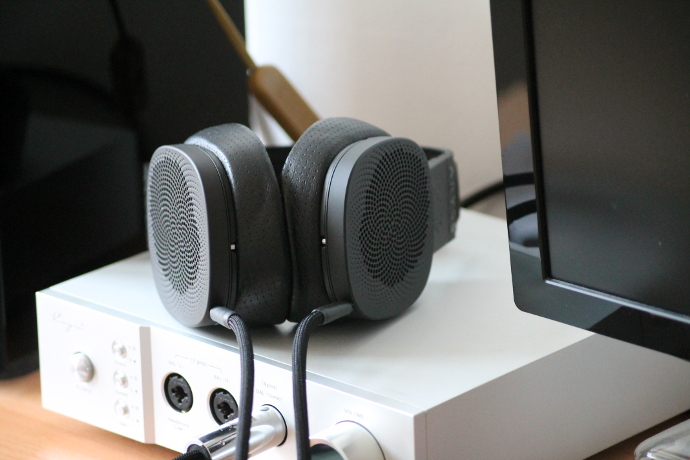
Abyss Diana V2
Cayin – iHA-6
The Cayin has this nice flexibility when it comes to headphones. With its Current switch you can adjust the amp to a variety of different headphones. I am always using high current with orthodynamic headphones, as it to me matches them better. I am using either the Hugo2 or Element M as source feeding the Cayin.
With the iHA-6 Diana V2 combo you get superb imaging sharpness, a dark background and a wonderfully spread sound stage. It creates a wide and deep venue and a holographic portrayal. You get a dynamic and full low-end, with good authority and drive. It reaches deep with nice punch and impact.
Mids are open, airy and enjoy a good dose of harmonic warmth. However, they are nowhere near too warm and congested. Vocals sound about as good as it gets, with nice body and soul. There is decent blood and emotions in each singer.
Upper midrange instruments sound rich and engaging, without being too forward. The entire signature is full and has good body. There is nothing thin in the Diana V2’s sound to me. Treble extends well and is portrayed with nice shimmer. It again is not too forward, but enjoys a safe place in the sound.
Matrix Audio – Element M
With the Element M you get a detail oriented and fast, incisive sound. It features a dynamic bass that goes low into the sub-regions. Body-wise it is thinner compared to how the Abyss sounds on other gear. Bass is a bit more boomy and less controlled, than on the Cayin amp for example. That’s one reason why I usually take the line-out of the Element M and feed it into the Cayin’s XLR inputs.
The Diana V2 has a slightly less organic midrange, where instruments and vocals have lower weight. Instruments are still separated very well with great precision, but the background has become fuzzier. It is not as dark as it can be.
Treble is more on the forward side with the Element M, which has this definite Sabre glare in it. This makes highs shimmer brighter with the Matrix Audio and the Diana V2. There is no sharpness or harshness in the highs, but they certainly sound more direct and forward.
Burson – Conductor 3X
With the brand-spanking new Conductor 3X by Burson Audio you get wonderful extension into sub-bass and the highest Octave. The C3X has absolutely no problem driving the Abyss to blasting volumes, even in low gain. The sound is very natural and beautiful for that matter. Nothing sounds congested or over emphasized. The pairing is oozing of body and soul.
Bass reaches deep with good authority and rumble. Body is full and well formed with plenty of weight. Lows are dynamic and snappy. Mids are organic, full and meaty. There’s a certain realism to the music and the musicians that makes this pairing stunningly enjoyable for me. The midrange also has very nice rendering and clarity in it. Vocals sound emotional and convincing. They take center stage and are presented with precision.
The stage stretches in good dimensions, it goes wide and deep with excellent air around the instruments to let them breathe. Instruments and musicians are all separated with accuracy. In terms of imaging this is a very good combo for me. Every member of the band or orchestra is rendered with high resolution and placed with precision. It’s fairly easy to tell who is standing where in the room.
Treble extends wide into the highest registers. Highs are effortless in delivery and have a softer touch. I never had any issues with sharpness or sibilance. All in all this is an excellent pairing for the Diana V2.
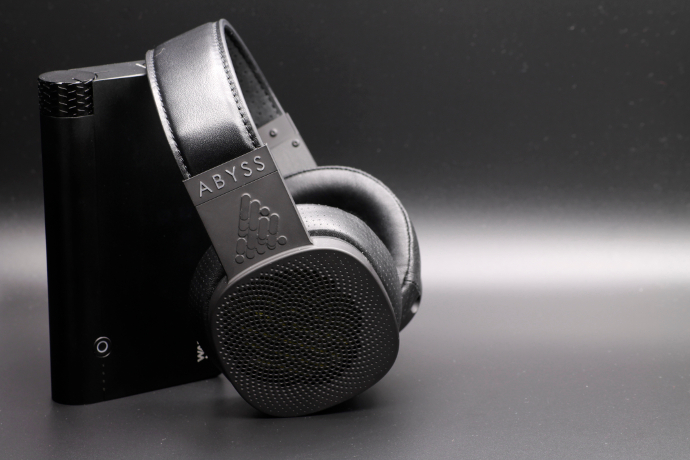
Abyss Diana V2
Woo Audio – WA11
The WA11 was one of my absolute favourite pairings with the Diana Phi, and it is not different with the Diana V2. The first time I hooked the V2 up to the Woo dac/amp I had a smile on my face.
You get a full and dense body throughout the entire signature. Lows are fast and impact-full, they have great authority in them. Bass notes are natural with very nice decay and attack. It’s a dynamic and energetic sound that can make it hard to stay put.
Mids have high resolution, excellent texture and precision. You get a slightly warmed up lower midrange with good physicality. If you’re a fan of deep male vocals in the likes of Leonhard Cohen or Frank Zappa, this might be something you want to check out. These two sound spectacularly full and vibrant once they go to the lowest of their abilities.
The rest of the midrange has very good air in it, where female singers also have enough space to breathe. The V2 sounds wide-spread and open. It images very well with spot-on sharpness. There is some room for improvement in terms of blackness.
Treble has a more laid-back sound than on other sources, like the Element M for example. Cymbals don’t crash as hard, but do so with more softness. Highs seem a bit darker with the Woo WA11, which might not be up everyone’s alley.
Lotoo – PAW Gold Touch
Well, this is a pairing that right out surprised me. The Lotoo PAW Gold Touch didn’t really do it for me with the Diana Phi, but with the Diana V2 there is something that convinces. For a DAP it really handles the V2 nicely. Sure, there is room for improvement, but that’s only normal.
With the Lotoo you get a punchy and well defined low-end, that on certain occasions can become a little uncontrolled. I’m not saying it’s heavily boomy or anything, but if you like fast bass, this can become obvious.
You get a detailed and precise sound, that isn’t shy on imaging sharpness or stage dimensions. In fact, it stretches an impressively wide sound stage for a fully portable rig. The Diana V2 keeps good structure, with very nice layering.
Vocals and instruments sound organic with great energy. You get a fast, precise and dynamic sound, that transports a rich tonality. Mids are transparent with a fine see-through character. Body is well formed across all frequency bands, although they are slightly on the thinner side in treble. Highs have good shimmer and presence. Again, they are staying clear from sharpness or sibilance.
It continues after the jump.





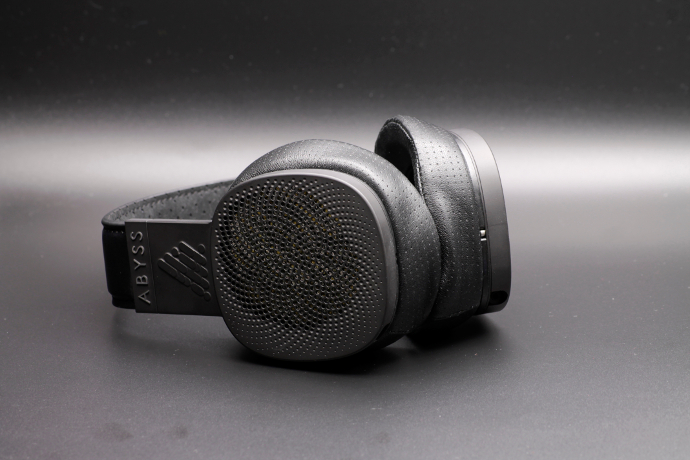
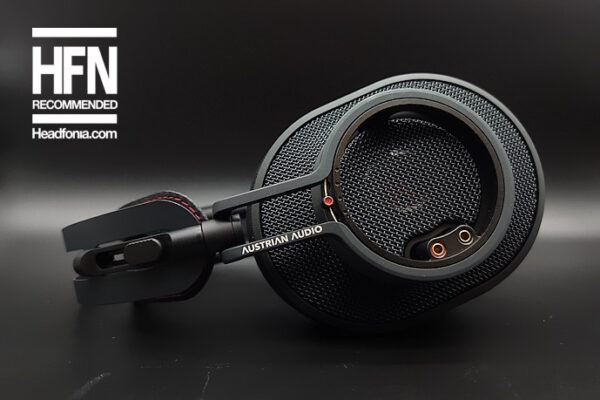
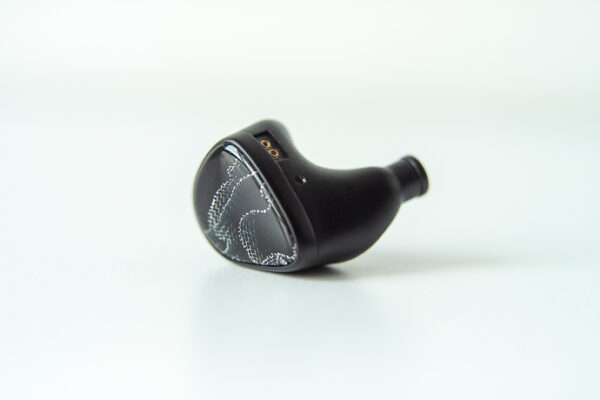
Devin
Do you happen to have a pair of Focal Utopias & ZMF Verites on hand to compare the Diana v2 to? I know they aren’t planars but they’re both ridiculously fast dynamic drivers that seem to have a similar sound, so I’m curious how they’d match up. Thanks.
Linus
Hi Devin,
nope, sorry. I don’t have either the ZMF or the Utopia. If I ever get the chance to listen to them on an extended run, I’ll let you know how they fare up against the Diana V2.
Cheers!
Alberto
I’m curious to test Diana and Diana V2 with my Shanling M6 pro, I know isn’t a power monster but can deliver almost 0,7w on 32ohm.
If LTPG can drive V2 maybe M6 Pro can handle it well.
Linus
Hi Alberto,
thanks for your comment.
The V2 is well driven by the Lotoo, which “only” has 0.5W into 32 Ohms per channel. But it isn’t all about the output power. It’s more about the circuitry and amp layout. I can’t say how the M6 Pro performs with the Diana V2 as I unfortunately don’t have it. But if you have the chance, try to audition this combo somewhere. The Diana V2 does sound very nice out of the LPGT, but it shines with proper desktop gear. 🙂
Hope that helps.
Ben
Can you tell me which of the tested Diana V2, amp combos produced the most bass? Deepest, most pronounced…
Matt
Which version of the Conductor 3x did you test these with? Performance or reference?